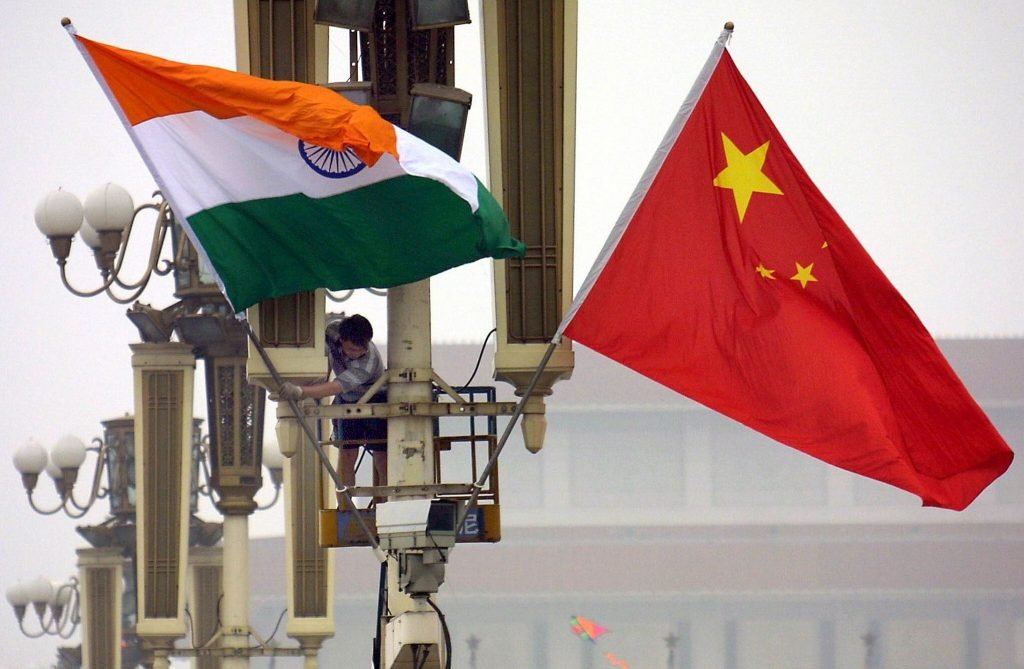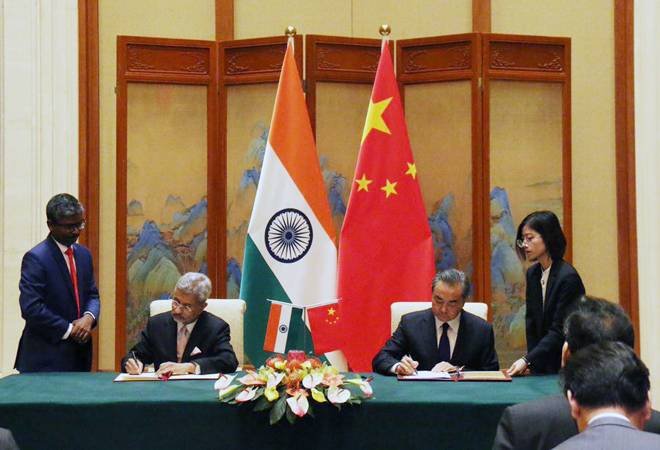Book Review: India versus China

In the past year or so, there hasn’t been great news related to India-China relations. The relations have gone on a downward spiral after China tried to unilaterally change the status quo in Eastern Ladakh Sector after mobilising a large number of troops on the border in April 2020. It was after 45 years that firing took place on the border after the 1967 episode of Nathula La. The release of Mr Kanti Bajpai’s book ‘India Versus China: Why They are not Friends’ is deeply researched and a timely reminder of the fact that India and China haven’t been able to get along for most periods after their independence in 1947 and 1949 respectively. As Mr. Shashi Tharoor has written on the backcover of the book, ‘At a time when tensions are at a historic high,Bajpai’s book is a lucid ,timely and important intervention; policymakers and China watchers would do well to pay heed.’
The credentials of Mr Kanti’s profile as a well known China specialist raises expectations of delivering a book that will add immensely to the already existing literature available on Sino-India relations. The book performs well on this aspect as the reader gets a glimpse of the analytical nature of the author assiduously covering impactful issues as well as sharing personal anecdotes which are equally important in the present book to add substance to the arguments made by the author in the various chapters.

The book is divided into six chapters in total(with Introduction and Conclusion). From the second chapter itself, which is titled: ‘Perceptions: From Regard to Disdain’.there is a lot of information to chew upon. As the chapter explains, there was hardly any great contact between the two nations in the ancient time also, except for two brief phases. The first one was when Buddhism came to China. Secondly, when trade relations took place between the two nations amongst various kingdoms. After these two phases, the relation between both nations was governed largely by imperial powers such as Great Britain and other European nations. As the chapter suggests, the seeds of distrust and possible dislike of Indians by the Chinese started to gain momentum. This was due to an involvement of a variety of factors such as the Opium Trade (supplies from various centres within India) and the stationing of Indian troops who used to serve for the British Raj in various places across China. What makes this chapter more interesting is the reportage of India by the Chinese media from the 19th Century to 21st Century. There is a clear derision of the Indians in general by Chinese ,particularly when it was subjugated by the colonial powers.
The question of resolving the Tibet issue can be described as one of the quintessential themes of the book. The whole issue and it’s dealing by the subsequent governments from the time of Mr Nehru to the present day has been dealt with quite comprehensively. In present memory, the hear of the phrase ‘Tibet’ draws our attention to the usage of Special Forces by the Indian side last year to occupy positions in the Kailash Range to gain an advantage militarily to negotiate better with the Chinese side. However, there are other important nuances involved in the decision-making by the top echelons and plausible factors which decide how they raise a particular issue. Tibet is indeed one of those issues which have got both sides,i.e. India and China do a lot of brainstorming. As the book shows,though India formally recognised Tibet or TAR(Tibetan Autonomous Region)as a part of China in 2003,there exists a lot of distrust between both the nations on each other’s policy vis a vis Tibet. Things are also likely to get complicated between both the nations as the questions regarding Post Dalai Lama succession have begun to be asked.

As both the nations emerged out of the clutches of colonial dominance,it was expected (at least in Indian quarters) that India and China will be able to get along with each other because of the ‘Asian solidarity’.However,this proved to be utterly wrong as both the sides found each other on the other side in the global arena. This aspect is a major focus of one of the chapters of the book which clearly shows that even today there are less areas of cooperation between both the nations on the world stage.
One of the highlights of the book is how the author shares his own experiences with the readers. Being a Chinese researcher for a long period has certainly given the author to tell us various anecdotes, which otherwise get ignored if the book is academically too vigorous. From travelling in the first bullet train of China from Beijing to Shanghai to purchasing goods from a market store which only accepts ‘We Chat’ as a mode of payment, the book also offers a glimpse into the radical transformation of China.
A never-ending debate whenever one talks about India-China is about whether India will be able to pose a stiff challenge to China in the coming decade or so. There are indeed no clear-cut answers to the question but the author has been courageous enough to suggest an answer to it. To quote from what Mr Kanti Bajpai says, “Far more fundamental change will be needed, almost a civilizational change.”


















